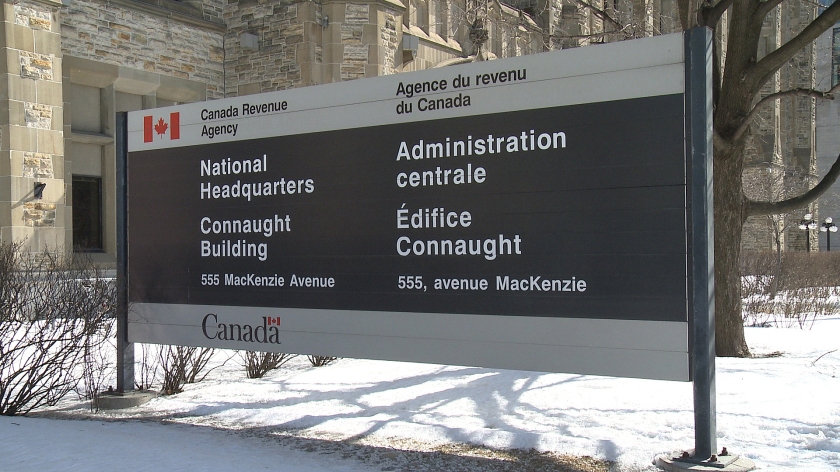What an absolute crazy year 2020 has been thus far!
The tax filing deadline for individuals to file their 2019 personal income tax returns (T1) in Canada was June 1st, by 11:59pm. For Canadians who have earned self-employment income, their returns are due by June 15th, 2020. Payments for balances owing are due to the CRA by September 1st, 2020, and the CRA is currently not charging interest on exsting balances owing the them, nor interest or penalties for any late payments or filings for the time being.
New and enhanced services
Check CRA processing times – Want to find out quickly how long it will take for the CRA to process your return, or your refund? Use the Check CRA Processing Times tool on canada.ca to get a targeted completion date. The new tool uses published service standards and information you select from drop-down menus to calculate targeted completion times for various programs.
Dedicated telephone service for tax service providers – If you are still working on a tax return(s), the CRA have been offering this service to small and medium income tax service providers across Canada for the 2020 tax filing season. By using this service, income tax service providers can connect with experienced CRA officers who assist with complex tax questions.
Representative authorizations – Thank goodness, the CRA has created a new e-authorization process for online access to individual tax accounts which permits representatives to request access to individual tax accounts using a web form through Represent a Client. As a result, the existing T1013 form will be discontinued for access to individual tax accounts.
The T1013, RC59, and NR95 will be combined into one form called the AUT-01 Authorize a Representative for Access by Phone and Mail. This form will only be used to request offline access to individual and business tax accounts.
Owing Money to CRA
If you have filed, or are about to file and you owe money to the CRA, there are a couple of critically important facts you should keep in mind.
- If you have applied for any of the COVID-prompted benefit programs, and have done so through Direct Deposit, you may, unfortunately, be at risk.
- The CRA is delaying the payment of balances owing until September 1st, while not charging interest on all accounts except payroll accounts. This shouldn’t mean its okay to forget it until the fall, but rather, with no interest being charged on existing balances, its the best time to figure out ways to catch up, set aside funds, or find / earn funds to pay off the CRA
- Before we all know it, it will be September, and a few things will be certainties. Our year-end will be fast approaching for the 2020 tax filing season, any balances owing to the CRA will be due, and the Canadian debt and deficit will be through the roof. The Federal government will need those funds ASAP, and aside from raising taxes, they will likely begin aggressive collections of taxes owing. The quickest way the CRA can recover funds, is by issuing a Notice of Assessment (which has legal warning in it) and then taking those funds from your bank account.
- You have options outside of bankruptcy, consumer proposals, high-interest loans, or high-rate mortgages. Preparing in advance for this situation and working with the CRA can prevent unwanted or unexpected surprises.
The CRA’s collections staff have already been advised where to locate direct deposit information and how ensure it is accessible when full collections are permitted.
Don’t wait until it’s too late.
inTAXicating can assist with anything CRA-related. With over 10-years experience working in the CRA’s Collections department, we know things the CRA will never tell you.


